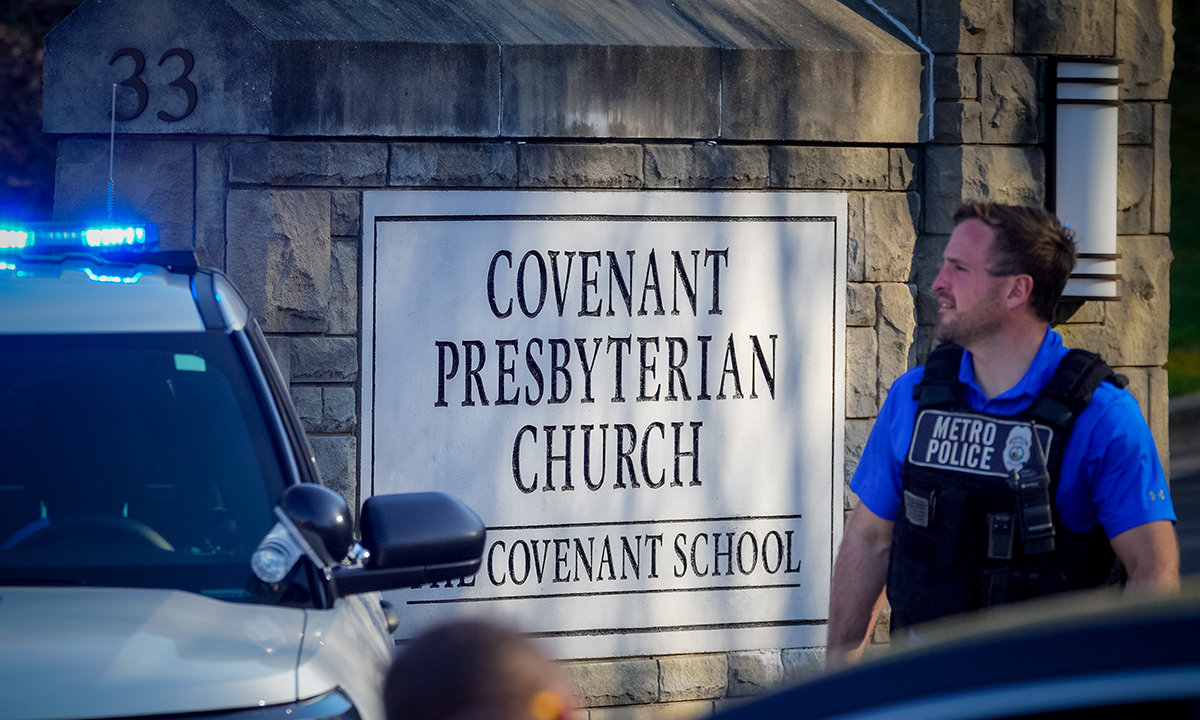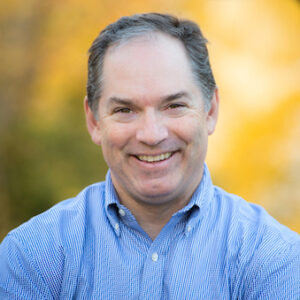Defeating a Shooter at a School Should Be the Very Last Line of Defense
Rotherham & Pache: The best gunfights are the ones that never happen. And they don’t happen because a healthy school climate heads them off

Get stories like this delivered straight to your inbox. Sign up for The 74 Newsletter
The police body cam videos from the shooting at Nashville’s Covenant School left few unimpressed. The training and professionalism of the officers was obvious, and despite the tragic loss of life, it could have been far worse. Their actions were a stark juxtaposition with what transpired in Uvalde, Texas, or Parkland, Florida, where disorganized or delayed responses compounded tragedy.
The outstanding performance of the Nashville Metro Police officers likely drastically reduced the number of casualties, but six killed instead of 15 or 20 doesn’t feel like a win. We must not lose sight of an underlying reality: By the time a gunfight breaks out at a school, many systems have already failed. Defeating a shooter at a school should be the very last line of defense. Politicians and educators should commend the heroism of the Nashville police without creating the impression that this response is the ideal outcome.
That’s because when it comes to schools, the most effective gunfight is the one that never happens.
People will continue to disagree about gun policy and how to balance Second Amendment rights with responsibilities. But even with that debate stalemated, there are active and passive measures schools can take, because school shootings are rarely random.
Research by the Secret Service shows that in more than 3 out of 4 school shootings, there are warning signs ahead of time – the shooter signals or directly tells others of an intent to do harm or threatens the target. It’s too soon to know exactly what transpired in Nashville and why, but the parents of the shooter were concerned enough to try to limit their access to firearms. The Parkland shooter was pretty clear about what he had in mind. The parents of the Oxford, Michigan, high school shooter are facing criminal charges for their lack of action in the lead-up to that incident.
Most school shootings are not attacks by outsiders. Rather, they are perpetrated by students or people known to students. Sometimes it’s a domestic situation that spills over into a school. That’s why the first line of defense is a healthy school culture where students have adults they trust and can share concerns with. Just as elite military units soak up intelligence, school officials must develop a culture where students share information of concern.
Schools should not profile students; there is no typical profile of a school shooter. But once a student exhibits warning signs, schools should act. The signs and signals are the sort of things common sense would suggest: a fixation with violence, weapons, past school shootings, dramatic changes in dress or behavior, threatening behavior or explicit threats.
What’s more, this is not just security work. A healthy school culture and a sense of belonging carry multiple benefits for students, including better academic outcomes. Bullying and alienation are a factor in many school shootings. Some anti-bullying and social-emotional learning initiatives are facing political pressure, and some are poorly designed or ideologically fraught. Yet the Secret Service, hardly a hotbed of leftism, says in its school shooting analysis, “it is critical that schools implement comprehensive programs designed to promote safe and positive school climates, where students feel empowered to report bullying when they witness it or are victims of it, and where school officials and other authorities act to intervene.”
Training also matters — for adults more than students. Active shooter drills in schools are too often just security theater. They convey the sense that officials are doing something, but in practice serve only to increase anxiety and depression among students. Training for adults, however, is crucial, with all staff knowing their role in an emergency. In the Nashville bodycam video, officers are greeted by school personnel relaying pertinent information and giving them access to the building. They don’t slow the officers down, inundate them or have multiple people creating confusion. Schools should take an “all-hazard” approach to emergency response, with “active shooter” just one contingency among many, much more likely ones schools will face.
Of course, there are basic steps schools should take with regard to security, including controlling building access and implementing passive measures like making sure doors and locks work consistently and that there are clear lines of sight outside of schools. These steps do not adversely impact the experience of students but make schools safer.
In the end, schools are places of learning, filled with children, not forts or foxholes. The Nashville shooter shot their way into the school. That’s horrifying, but exceedingly rare. All the attention obscures just how low the risk is for any given school. Regular communication from schools emphasizing this while also explaining steps that are being taken for safety should be the norm.
Politicians and education leaders can turn schools into bunkers and “harden the target” to the point of absurdity or recognize that the best gunfights are the ones that never happen. And they don’t happen because of a healthy school climate that heads them off far upstream.
Get stories like these delivered straight to your inbox. Sign up for The 74 Newsletter

;)
